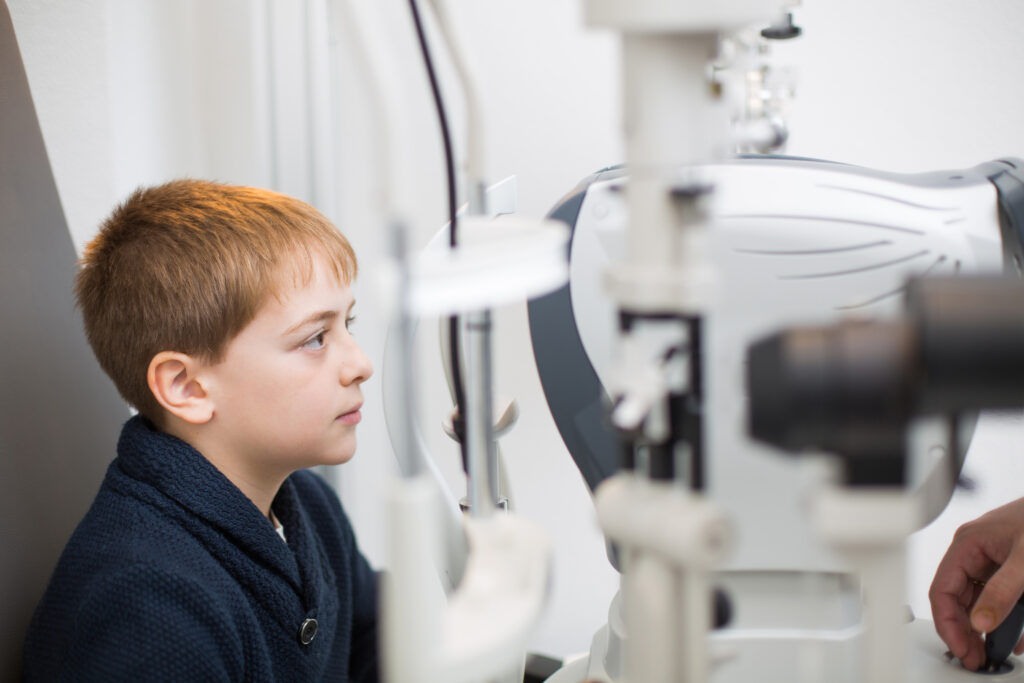All types of cancer arise similarly: when cells in any body part grow out of control. And eye cancer, also known as retinoblastoma, is no exception.
This type of cancer is found most often in young children. As its name suggests, retinoblastoma originates from the retina, the inner cell layer at the back of the eye. Usually, it begins due to a mutation within cells in a gene known as RB1, which causes uncontrolled growth.
There are two types of retinoblastoma: heritable and non-heritable. At first, all cells in the infant’s body have the change in the RB1 gene; in this case, the child is prone to developing tumors in both eyes. In the second, said alteration occurs only in cancer cells, and tumors are more likely to develop only in one eye.
Although several signs or symptoms allow retinoblastoma to be detected, two of these are those that enable early detection of the condition:
Leukocoria: It is the most common of the signs. In a healthy eye, the pupil turns red when looking at bright light. However, the pupil appears white or pink in an eye with retinoblastoma. A doctor may notice this sign during a routine eye exam. It is also possible to detect it after taking a flash photo.
Lazy eye: This condition is characterized by the eyes pointing in two different directions. In children, while it may just be a mild weakness in the muscles that control the eyes, it can also be a sign of retinoblastoma.
Other symptoms that may alert to the presence of retinoblastoma are vision problems, eye pain, redness in the white part of the eye, bleeding in the front part of the eye, protruding (protruding) eye, unresponsive pupil to bright lights (not reduced its size) and different colors in each iris.
For this reason, it is always important to take your children to see a doctor regularly since it is in routine check-ups where this type of condition can be detected early, especially when there is a family history of eye cancer.



